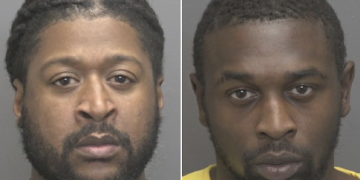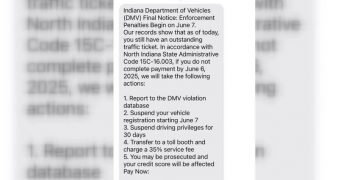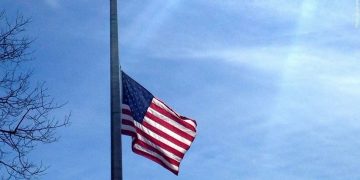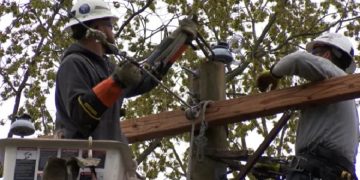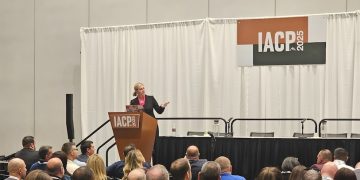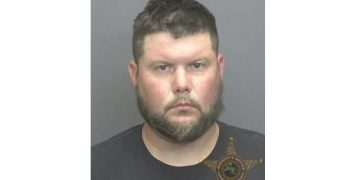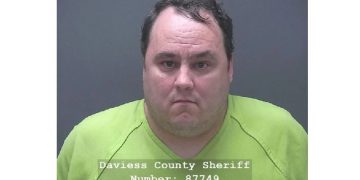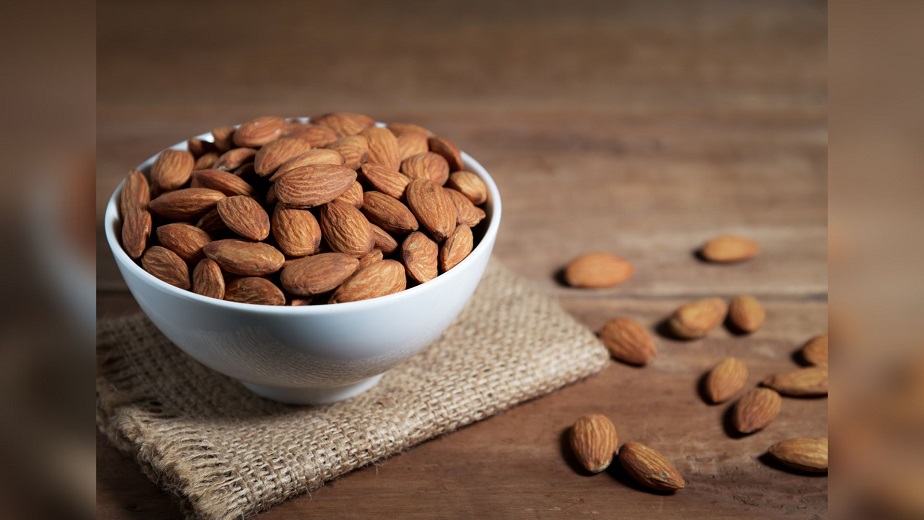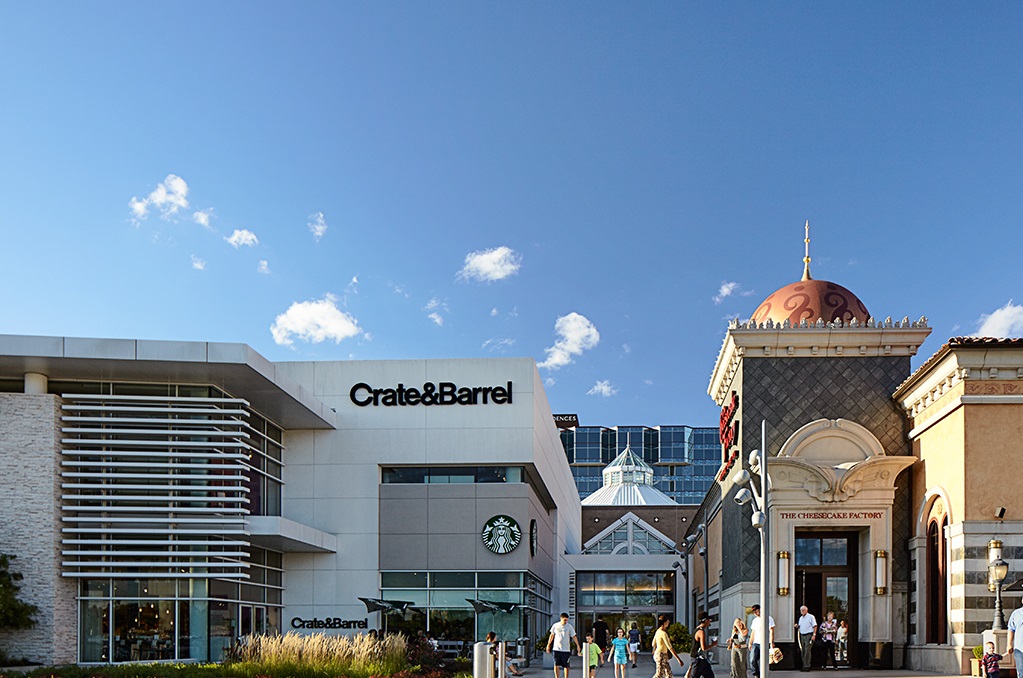WASHINGTON – The Supreme Court might prefer to avoid politics, but politics has a way of finding the court.
President Donald Trump wants the court to keep his taxes from being turned over to New York’s top prosecutor and allow his administration to exclude non-citizens from the census count. He wants the justices to counteract an order making it easier for women to get abortion pill and rein in voting by mail.
And Trump is hoping to have his third high court nominee, Judge Amy Coney Barrett, installed before Election Day. That would forge a 6-3 conservative majority on a court that for decades has had a 5-4 conservative edge, which liberals could occasionally upend by attracting a vote from across the ideological divide.
“It is difficult for the court to avoid politics. Every issue of course has a very political angle and right now the politicization of the courts puts their decisions front and center,” Princeton University historian Julian Zelizer said in an email. “We are at a turning point moment, on the cusp of the entrenchment of a conservative 6-3 majority that will have huge implications on public policy. So at the most basic level, hard to ignore their connections to the events of the day.”
The court got back to work this week, hearing arguments by telephone over three days. Chief Justice John Roberts began Monday’s session by paying tribute to Justice Ruth Bader Ginsburg, who died just over two weeks before the new term began.
But apart from that, it was hard to tell that anything had changed. The tone was upbeat as the eight justices took turns questioning lawyers in cases that did not appear destined to split the court’s conservatives and liberals.
The business-as-usual approach is how the justices like it, part of their mantra that the court is above politics and that the public should not view it as just like the other two elected branches of government. That’s especially true for Chief Justice John Roberts, the titular leader of the court who rebuked Trump in 2018 for the president’s criticism of an “Obama judge.”
But despite their best efforts, the justices are facing a brewing political storm that could peak after Election Day if they are called upon to decide the election’s outcome.
Issues related to the general election already have come to the court from four states, and more are expected.
The court’s Republican-appointed conservative majority has typically rejected court-ordered changes close to an election. But the justices have been more accepting of changes when agreed to by a state’s elected officials.
In the midst of the pandemic, Democrats have pushed for extending the deadline to receive and count mailed-in ballots, dropping witness requirements and easing rules for determining if the signature on a ballot matches the one on file. For their part, Republicans have fought efforts to mail ballots to all voters.
Pennsylvania Republicans want the court to rule out mailed ballots that are received after Election Day, or at least ballots that are not clearly postmarked as having been mailed on or before Nov. 3. A federal court ordered ballots to be counted if received by Nov. 6, unless there is evidence they were mailed after Election Day.
The justices on Monday agreed with Republicans and blocked a court order that allowed South Carolina voters to mail ballots without having a witness sign them. The next day, Justice Stephen Breyer rejected a Republican bid to stop the use of ranked-choice voting in Maine. On Thursday, Justice Elena Kagan turned away a Republican effort to limit the mailing of ballots to voters in Montana.
These pre-election issues would pale in comparison to a reprise of the court’s 2000 Bush v. Gore case if the campaigns are fighting in court over the outcome in one or more states.
There might be a 6-3 conservative majority by that point, if Barrett is confirmed. And she would join two other Trump-appointed justices, Neil Gorsuch and Brett Kavanaugh, in potentially deciding whether the president who appointed her would get another four years in office. In Bush v. Gore, in which the court’s five conservatives prevailed over its four liberals, no justices were voting on the political future of the president who appointed them.
Not all the cases have electoral implications. But even those that don’t are highly charged politically.
In the fight over Trump’s taxes, the justices could decide before Election Day whether to allow the immediate enforcement of a subpoena issued by Manhattan District Attorney Cyrus Vance Jr. or block it temporarily. The court in July rejected Trump’s argument that he is effectively immune from the subpoena while serving as president, a decision Gorsuch and Kavanaugh joined.
The 2020 census also has been to the court previously. In 2019, Roberts joined Ginsburg and the other liberals in a 5-4 decision that rejected the administration’s effort to include a citizenship question on the census for the first time since 1950.
Trump has since ordered the Census Bureau to provide him with a population count that excludes people who are in the country illegally so that their numbers would not be used for dividing the House of Representatives’ 435 seats among the states, and the states’ Electoral College vote, for the next 10 years.
A lower court has blocked the Trump policy as illegal. The administration is appealing and asking for speedy resolution in time for the population report the president must submit to Congress in January.
On an abortion-related issue, the court found a way Thursday to put off any definitive action for the time being.
The court had failed to act for nearly a month on the administration’s appeal to reinstate a requirement, temporarily suspended by lower court order because of the pandemic, that women make an in-person visit to obtain the abortion pull.
The matter is the first abortion-related action before the court since Ginsburg died.
On Thursday, the court said it would not act on the appeal for now, allowing women to continue to get the pill by mail and ordering the lower court to review its initial order.
Justices Samuel Alito and Clarence Thomas dissented, objecting that “there is no legally sound reason” for the court’s refusal to rule.
It is unclear whether the long period of inaction owed to Ginsburg’s death, Barrett’s nomination or some other factor.

















